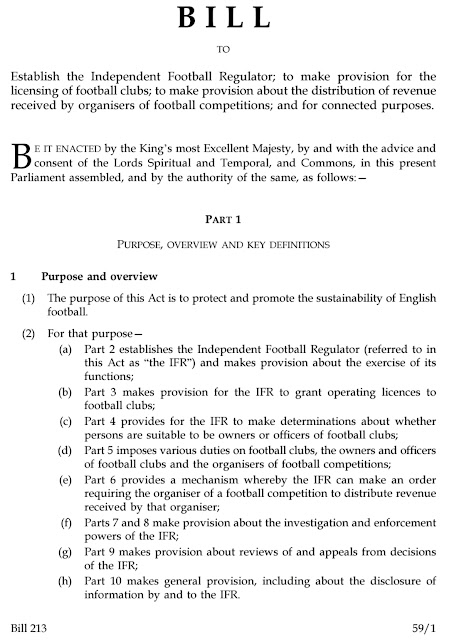The most recent prediction of the next UK General Election result by Electoral Calculus was updated on 26th April - i.e. before the May council elections - based on opinion polls from 11th to 25th April, sampling 11,432 people.
Of course the next General Election isn't due until 2029 (as late as 15th August), so we need to avoid reading too much into this. Nevertheless it inevitably leads to debates about hung parliaments, coalitions and proportional representation.
As my erudite readers know, there are 650 seats in the House of Commons. The Speaker occupies one and the 7 Sinn Fein MPs do not take their seats, leaving 642 voting seats and requiring 322 to form a majority. If the above number of seats turned out to be correct, no party would reach that threshold. In order to pass any laws, some parties would have to work together. Indeed, vote together.
By convention (the UK doesn't have a written constitution) the largest party would initiate discussions with potential coalition partners. It's worth pointing out that, if the margins are small, a party might enter into a "confidence and supply" arrangement whereby the smaller party supports the larger in a confidence vote and in finance bills but makes up their minds on a case by case basis on other issues. Theresa May did this with the DUP after losing her majority in 2017 but that eventually collapsed when the DUP wouldn't support May's Brexit deal.
The first test of any coalition or arrangement is winning a majority on a vote on the King's Speech, the government's legislative programme. If a minority government couldn't achieve that, the Prime Minister would have to advise the King either to ask someone else to try to form a government or to call a new election.
So what possible coalitions or arrangements would be possible, or likely, on the above numbers?
The most obvious coalition partners would be Reform and Conservatives, giving them 339 seats. Given that Nigel Farage would reasonably expect to be Prime Minister, as the leader of the largest party, it's likely that a substantial number of the Conservatives couldn't stomach that, especially if Farage had spent an election campaign claiming that Reform were going to "destroy the Conservatives". That coalition would need at least 77 of the 94 Conservative MPs to be a minimal majority.
Which leaves .....what?
If half of the Conservatives went with Reform, could the remainder join with Labour, the LibDems and SNP in some form of centrist coalition? Add a few Greens, Plaid and independents that might just work. But there would be big questions: who would be Prime Minister? (Ed Davey, your time has come!) How could they agree on Scottish independence? The LibDems would demand a referendum on proportional representation, of course.
I think they could probably agree on referenda for those two issues and then maybe have a new election under PR. Let's see what difference that would make.
On the Electoral Calculus predicted vote share, straight PR would give:





